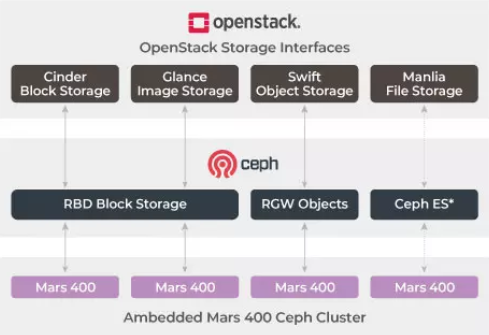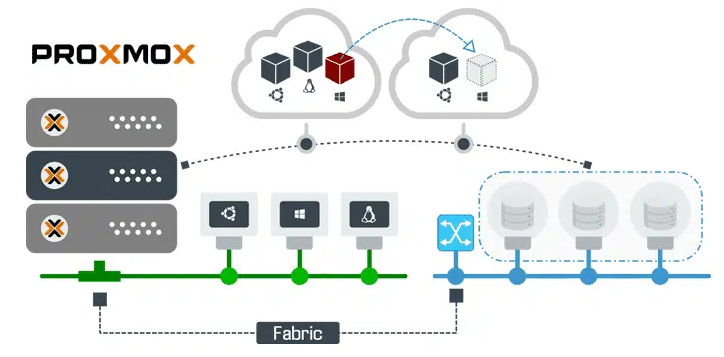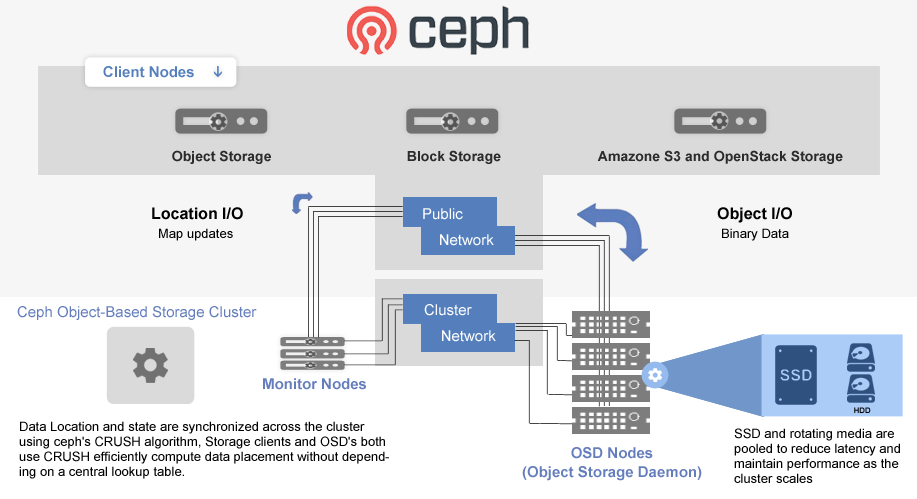Private Cloud
There are many different commercial solutions providing local cloud solutions (HPE).
Please note that currently cloud solutions provide workloads for virtual machines and containers.
I would like to focus only on open source solutions, of which the most popular solutions are OpenStack and Proxmox.
OpenStack: open source software for creating private and public clouds. OpenStack is a cloud operating system that controls large pools of compute, storage and network resources across the data centre, managed through a dashboard that gives administrators control while allowing users to share resources through a web interface.

Proxmox VE: an open source virtualisation platform. It is a complete open source platform for comprehensive enterprise virtualization that tightly integrates KVM hypervisor and LXC containers, software-defined storage and networking capabilities on a single platform, and easily manages high availability clusters and disaster recovery tools through a built-in network management interface.


Most of the above make good use of Ceph solutions.
Ceph divides user data into small chunks that are distributed across multiple servers with a policy-defined number of copies. Ceph clients use a hash algorithm to determine the location of the data, retrieving it directly from the appropriate server without the use of a Proxy/Gateway, which would be a bandwidth bottleneck or single point of system failure.
Although internally Ceph is an object storage system, it can be used to provide storage services in the form of blocks (or volumes) that can be mounted in a virtual machine, object storage that can be accessed via the RESTFull S3 HTTP interface or SWIFT. It can also be used as a network file system that can be accessed from multiple servers.


